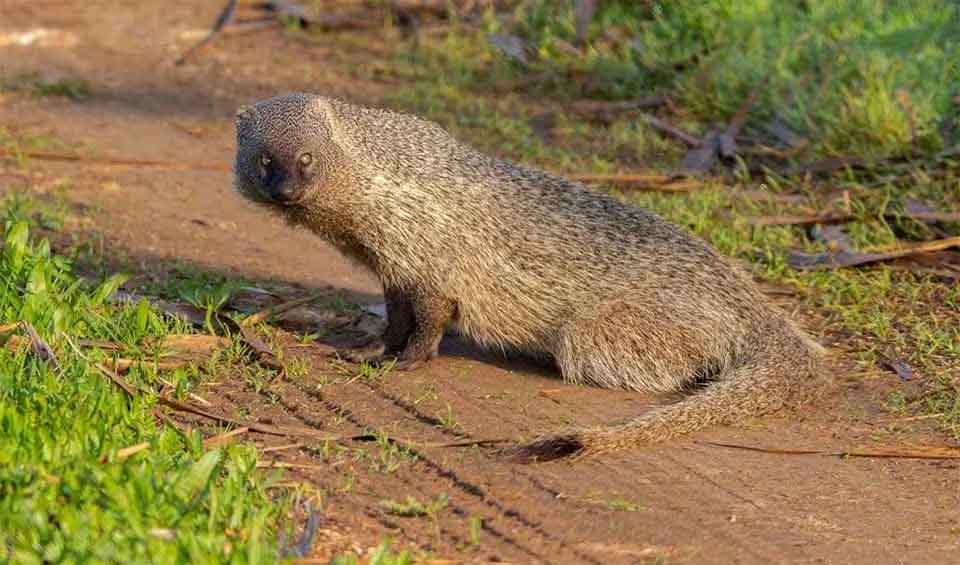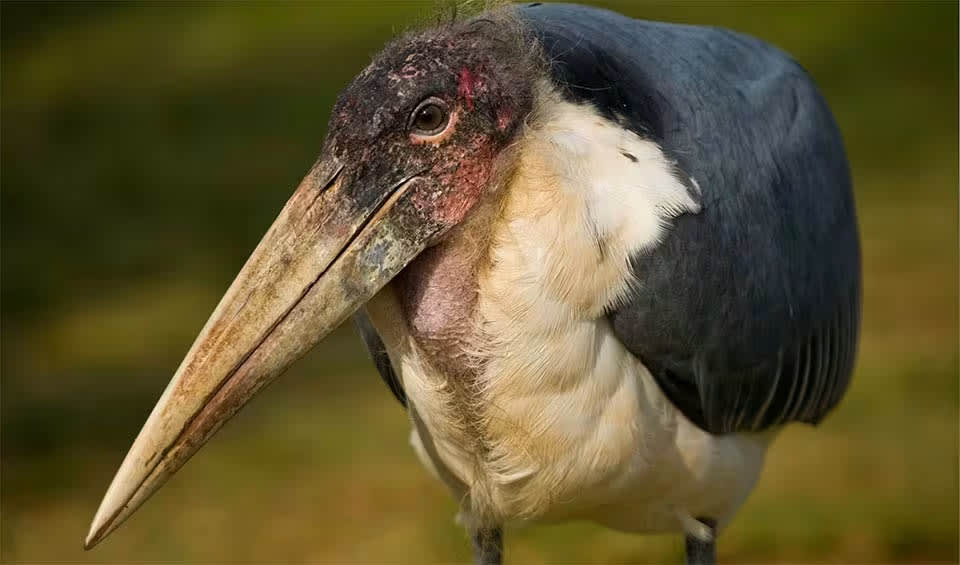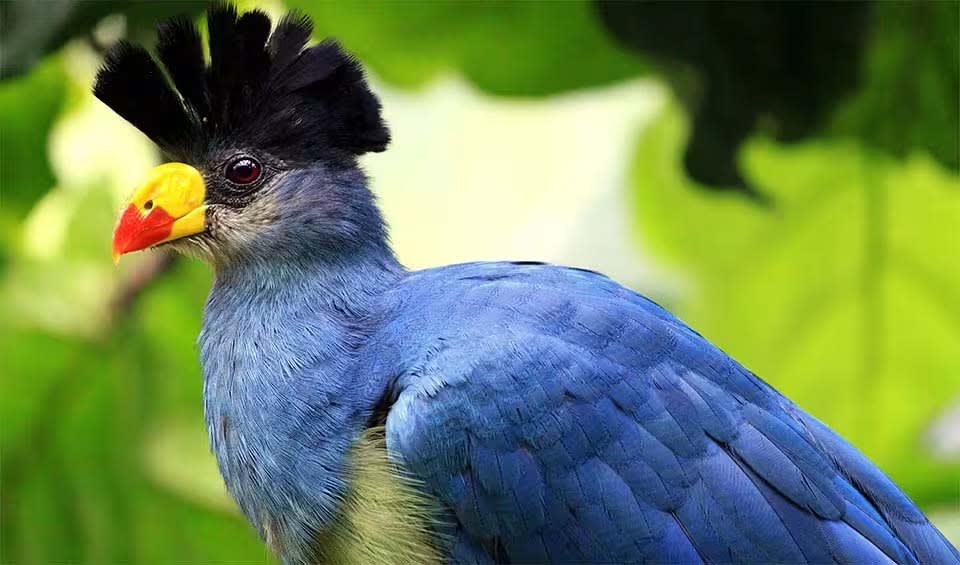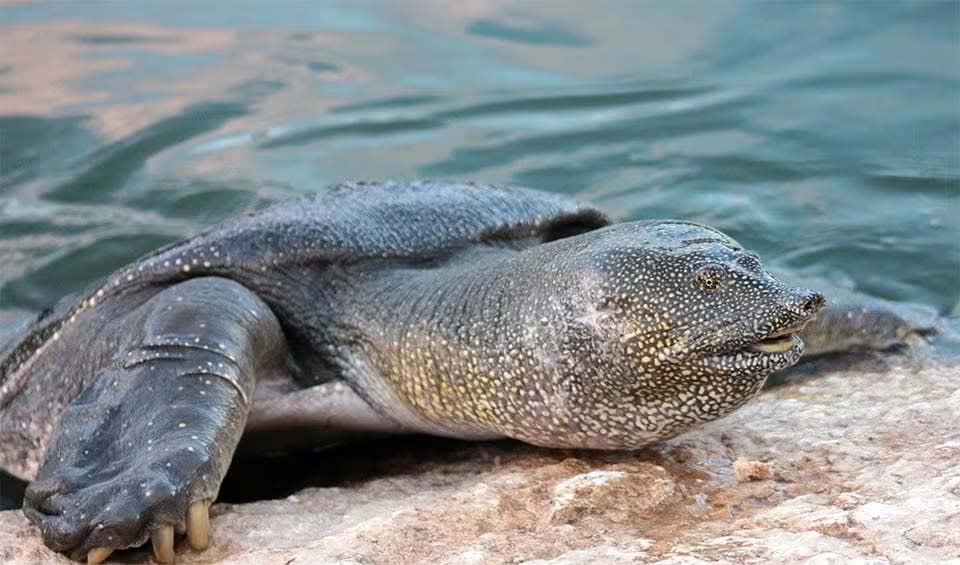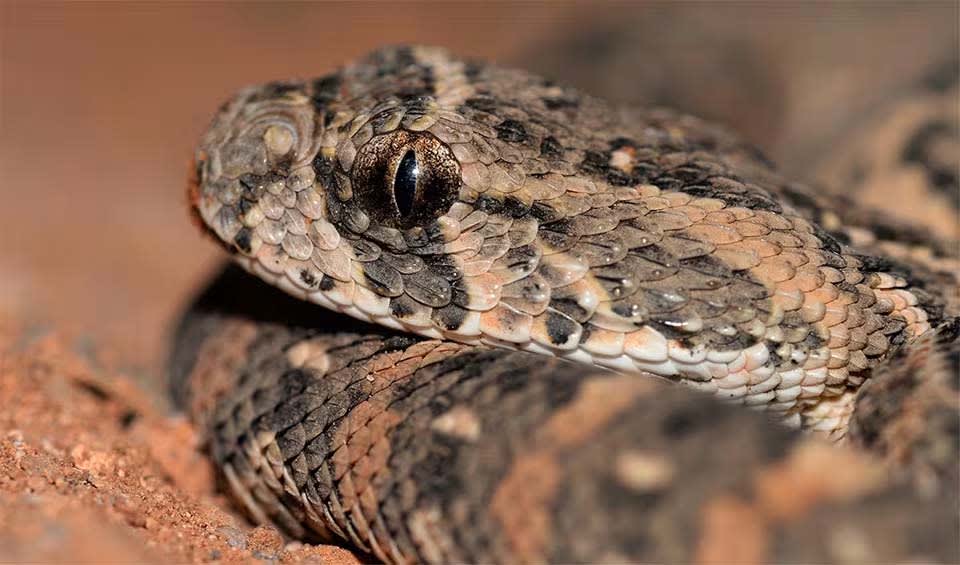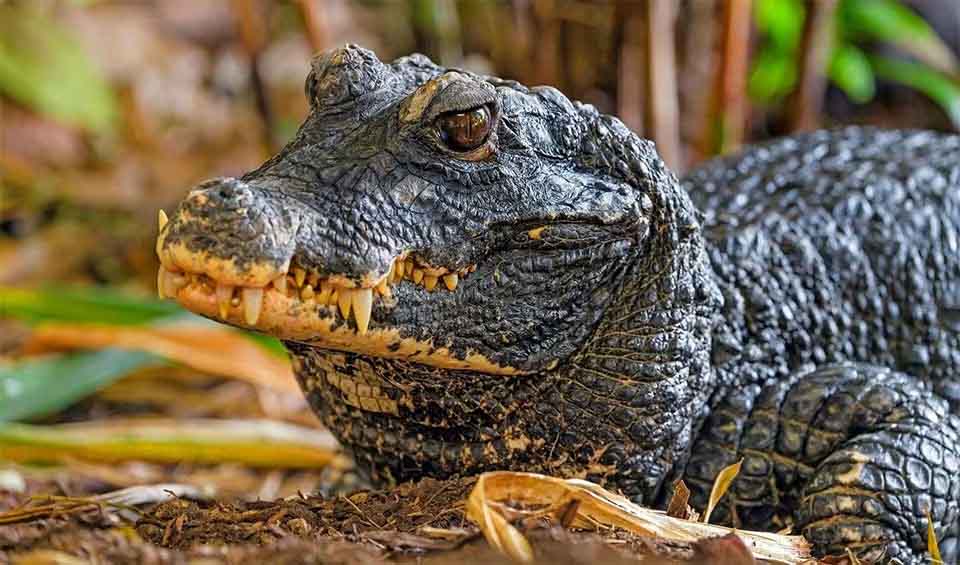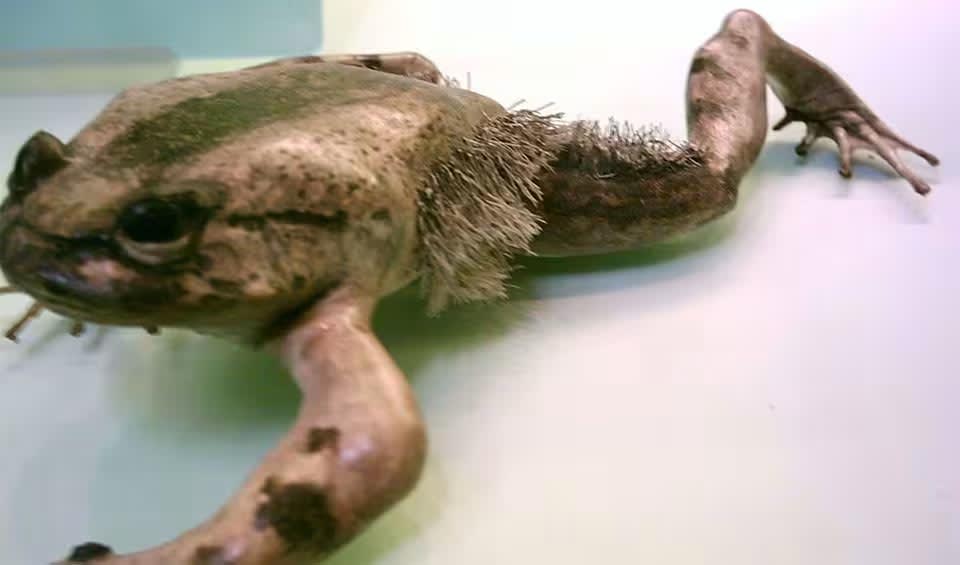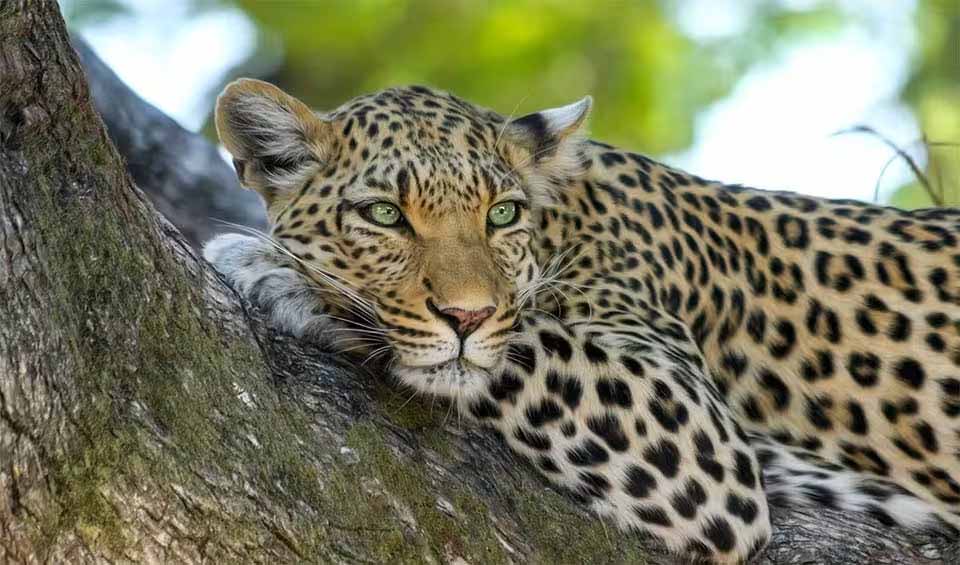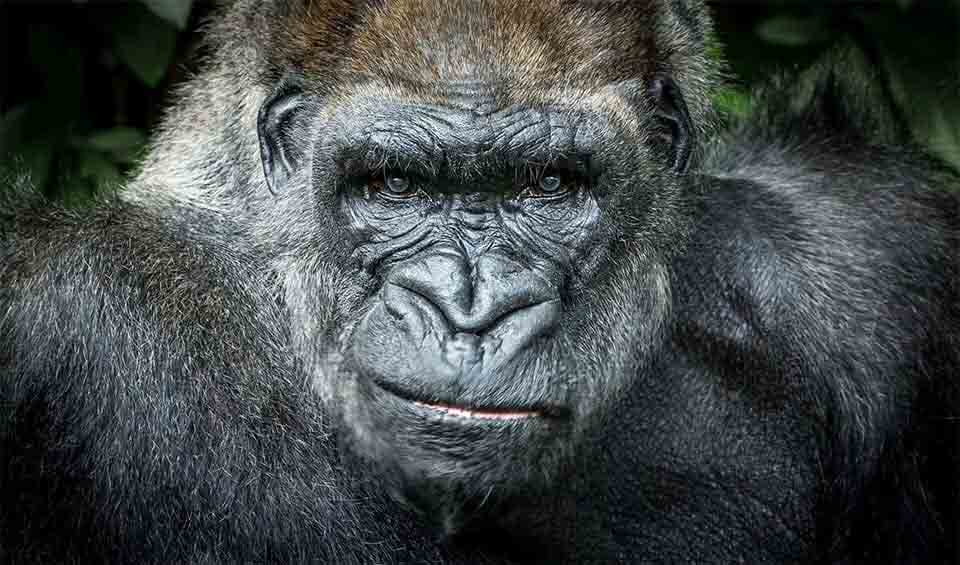Located on the west coast of Central Africa, Gabon is renowned for its extensive biodiversity and vast expanses of pristine rainforests. It is bordered by Equatorial Guinea to the northwest, Cameroon to the north, the Republic of the Congo to the east and south, and the Atlantic Ocean to the west. Gabon’s commitment to conservation is evidenced by its network of national parks and protected areas, which cover about 11% of its land area.
Gabon’s landscape is predominantly covered by dense tropical rainforests, with more than 80% of the country’s area under forest cover, making it one of the most forested countries in Africa. These forests are part of the Congo Basin, the second-largest rainforest area in the world after the Amazon. The terrain also includes a series of plateaus, small mountains, and coastal plains, with several rivers, like the Ogooué, traversing these landscapes to empty into the Atlantic Ocean.
Four pillars elaborated:
Gabon is home to a wide range of protected areas, including national parks, marine parks, and hunting reserves, which play a crucial role in preserving the country’s rich biodiversity and natural heritage. These protected zones span a substantial part of Gabon’s land and marine territories. Notable national parks like Ivindo and Akanda safeguard extensive areas of rainforest, whereas marine parks such as Mayumba and Pongara protect vital marine ecosystems. Gabon is also actively enhancing its marine conservation efforts; recent initiatives have resulted in the creation of 20 marine protected areas, which now cover over 26% of Gabon’s marine territory, underscoring the nation’s commitment to protecting oceanic environments. Land Management
Land Management
Despite its robust conservation initiatives, Gabon confronts significant environmental challenges, including illegal logging and mining activities that threaten its diverse ecosystems. Nonetheless, the country is actively seeking paths toward sustainable development. By promoting ecotourism and engaging in carbon trading, Gabon aims to create a harmonious balance between its conservation efforts and economic growth. These strategies not only help preserve its rich biodiversity but also provide economic benefits, positioning Gabon as a model for integrating environmental sustainability with development. Threats to Biodiversity
Threats to Biodiversity
Gabon is committed to sustainable development through its Emerging Gabon Strategic Plan and is dedicated to preserving its biodiversity in line with the new Kumming Montreal global biodiversity framework of the Convention on Biological Diversity (CBD), adopted in Montreal in December 2022. Historically, Gabon has successfully preserved its natural ecosystems, both terrestrial and marine, thanks to effective conservation policies and a robust legal framework, including the Sustainable Development Act passed in 2014. Capacity and Governance
Capacity and Governance
Despite these efforts, Gabon faces challenges in effectively mobilizing funding for its conservation initiatives. Funding efforts are often uncoordinated and executed in isolation without a cohesive strategy, which undermines their effectiveness. Financial mechanisms such as results-based payments, grants, environmental taxation, and blue bonds have yet to deliver the anticipated outcomes.
Gabon’s National Biodiversity Strategy and Action Plan (NBSAP) serves as a roadmap for the country’s dedication to preserving its abundant biodiversity. The plan addresses a comprehensive range of ecological and societal aspects, emphasizing the protection and sustainable management of diverse habitats such as forests, freshwater systems, marine and coastal areas. Future Trends
Future Trends
Additionally, it considers agrobiodiversity and the crucial role of local communities in conservation efforts. Through this action plan, Gabon aims to integrate biodiversity conservation into broader national development policies, ensuring that environmental stewardship goes hand-in-hand with economic and social progress.
Biodiversity
Gabon is covered by dense tropical rainforests, which account for about 85% of its land area. These forests are part of the Congo Basin, the second-largest rainforest in the world. Gabon’s rainforests are home to a remarkable variety of wildlife, including forest elephants, western lowland gorillas, chimpanzees, and mandrills. The forests also host a rich diversity of bird species, such as the grey parrot and the African grey hornbill, and numerous plant species, including many endemic and rare species. The Ivindo National Park, Loango National Park, and Minkébé National Park are critical protected areas that preserve these vital ecosystems.Gabon’s coastline along the Atlantic Ocean features a range of coastal and marine habitats, including mangroves, estuaries, and sandy beaches. These areas are crucial for marine biodiversity, supporting species such as sea turtles, dolphins, and humpback whales. Gabon’s beaches are important nesting sites for leatherback and olive ridley sea turtles. The mangrove forests provide essential breeding grounds for fish and crustaceans, supporting both biodiversity and local fisheries.
In the table below are the number of known species in several main groups, how many of these species are Threatened with extinction, and how many of them are Endemic (unique to Gabon only):
| Species (World rank) |
Threatened | % Threatened | Endemic | % Endemic | |
|---|---|---|---|---|---|
| Mammals | 202 (#59) | 18 | 8.9% | 3 | 1.5% |
| Birds | 604 (#53) | 6 | 1.0% | 1 | 0.2% |
| Reptiles | 133 (#72) | 7 | 5.3% | 4 | 3.0% |
| Amphibians | 97 (#37) | 3 | 3.1% | 6 | 6.2% |
| Fishes | 819 (#67) | 93 | 11.4% | 72 | 8.8% |
| Plants | 5,175 (#77) | 173 | 3.3% | 78 | 1.5% |
mammals
Hippopotamus
1.6 ton (1.5 tonne) + 48 km/h (30 mph) = what do you think?
Mandrill
Residing in eastern Africa, Mandrills are the world’s largest monkeys (but not of apes)
Egyptian mongoose
Appeared in Egyptian paintings from 300 B.C., it is known as “Pharaoh’s cat” and is considered a holy animal that is housed in temples
birds
Marabou stork
This Nature’s cleaners are the largest & heaviest living stork
African penguin
Pinked patched endanger penguin
Great blue turaco
A bird as big as a crow but with feathers that shimmer an unbelievable shade of blue
reptiles
African softshell turtle
Instead of a bony shell, it has a flat, leathery covering that helps it glide smoothly through the water
Puff adder
Notoriously grumpy, always putting on a dramatic hissy fit when approached
Dwarf crocodile
Timid nocturnal with broad snouts native to Africa, they are the smallest of all crocs
amphibians
African clawed frog
It’s a frog, but it doesn’t look like the typical frogs we think of!
Goliath frog
A frog that is so big that it makes its own ponds using heavy rocks
Hairy frog
The predominantly terrestrial hairy frog lives in subtropical and tropical forests & rivers of West Africa
National Animals
Leopard
Disappearing graceful shadows, this tree-climber is on the way to extinction
Western gorilla
Most diverse species of a gorilla; inhabits midwest Africa


